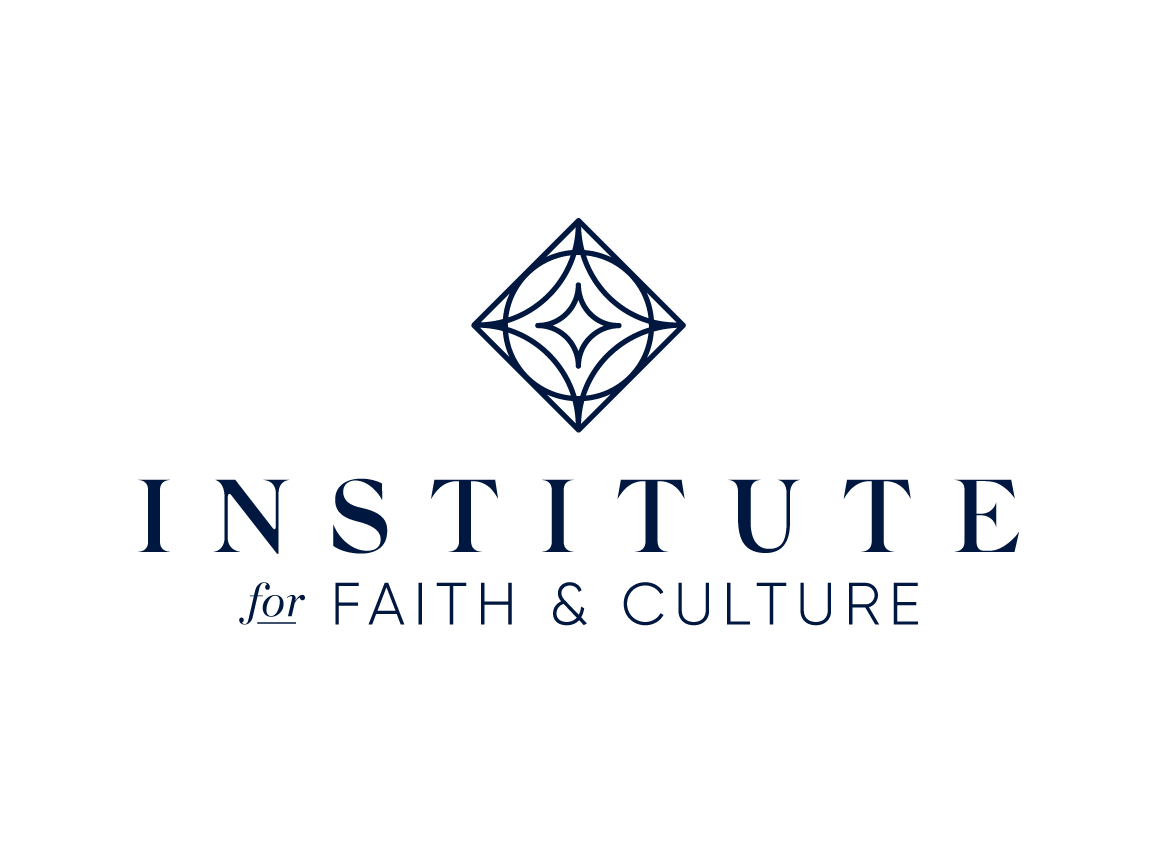
Satan’s chief lie is that bowing to him will grant us the true power to rule.
Satan’s chief lie is that bowing to him will grant us the true power to rule. Solomon prays for the ability to “discern between good and evil” in order to rule over God’s people (1 Kings 3:9). King David was said to be like “an angel of God to discern good and evil” (2 Sam. 14:17). The “knowledge of good and evil” is the wisdom to rule as a king. The beginning of true wisdom is the fear of the Lord, which is to say the wisdom to rule can only be found in a right relationship with God.









